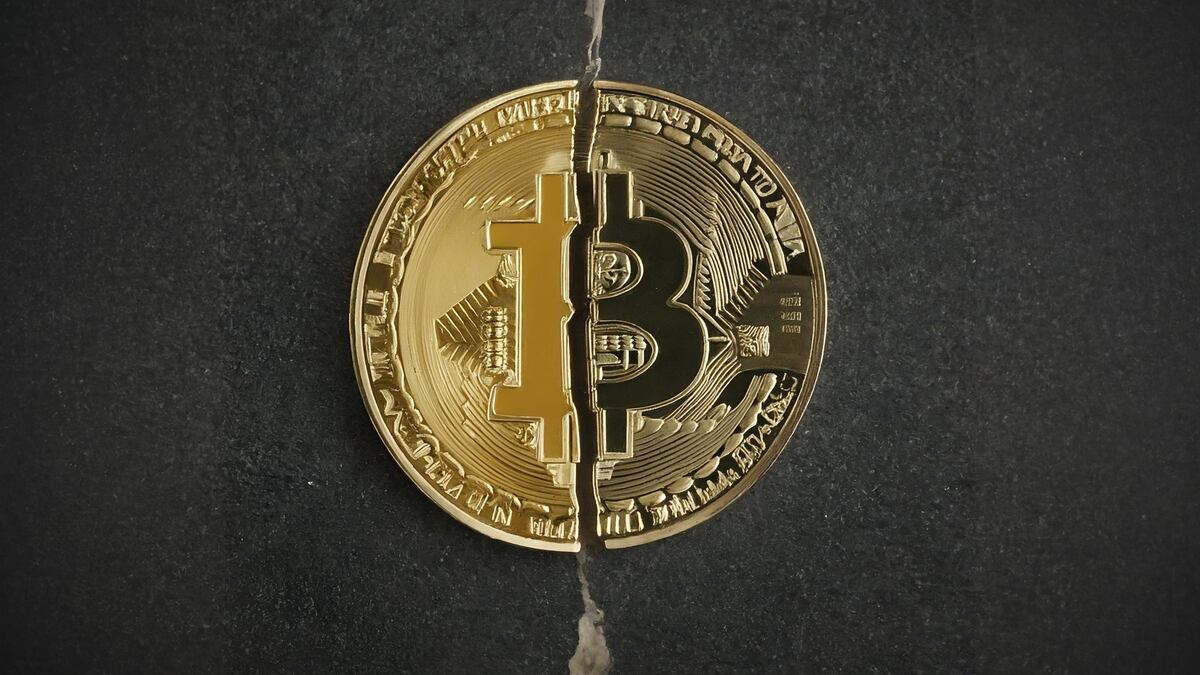- The fourth Bitcoin halving will likely occur on April 19.
- Bitcoin miners are selling their holdings ahead of the event.
- That allows them to mitigate the halving’s impact and build up resilience, according to Wintermute.
Miners are selling their Bitcoin ahead of the upcoming halving.
Bitcoin mining companies have dropped their reserves to almost 1.8 million Bitcoin, worth roughly $124 billion, according to crypto market maker Wintermute.
While that number may seem high, it’s the least amount of Bitcoin these entities have held in the last three years.
An unusual move
It’s also an unusual move. Bitcoin miners accumulated an extra 25,000 Bitcoin in the five months leading up to the 2020 halving, Wintermute said. This time around, they have dumped 27,000 Bitcoin in the six months leading to the event.
“This shift is likely due to the pre-halving surge in Bitcoin prices to new all-time highs, fuelled by significant spot ETF inflows, enabling miners to take profits,” Wintermute wrote in a market update on Monday.
Put differently, the hype surrounding the freshly launched spot Bitcoin exchange-traded funds — and Bitcoin’s subsequent rise in price — enabled miners to sell their Bitcoin holdings ahead of an event that is poised to have a deep impact on their bottom line.
Impact of the halving on miners
Halvings are automated network upgrades that slash in half the amount of Bitcoin rewards given to miners for maintaining the blockchain.
The fourth halving, which is expected to occur on April 19, will cut Bitcoin minting to 3.125 coins every 10 minutes — roughly $215,000 at current prices.
Market participants look forward to halvings, because they signify a reduction in Bitcoin supply.
The first two halvings, in 2012 and 2016, saw Bitcoin rise over 1,000% in the following months.
Its third halving in May 2020 had a more modest impact, but Bitcoin still surged 600% in less than a year.
Tricky for miners
But halvings are tricky for miners, because while their operational costs remain the same, their revenue can take a massive hit, depending on their business model.
Coinbase analysts have predicted that the event may trigger a consolidation of the mining industry, as well-capitalised outlets acquire the distressed assets of their less efficient rivals.
And that may explain why miners are selling their Bitcoin.
“Despite the sell-off, the consistent rise in hashrate suggests that some of the miners are either adding or upgrading their equipment to mitigate the impact of the upcoming halving on revenues,” Wintermute said.
Hashrate is the industry term for the computing power that backs the Bitcoin network. The more hashrate an operation has, the more likely it is to mine Bitcoin before its rivals.
“Bitcoin miners are charting a more sustainable path than in past cycles, investing in equipment upgrades well before the anticipated price uptrends associated with the halving,” Wintermute said.
Crypto market movers
- Bitcoin fell 1.8% over the past 24 hours and is trading at $69,350.
- Ethereum dropped 2.9% to $3,500.
What we’re reading
- Why GOP senators think Biden’s crypto blame game for illicit financing isn’t just — DL News.
- Best Crypto Tax Software 2024 — Milk Road.
- dYdX Chain Resumes After 9-Hour Halt During V4 Upgrade — Unchained
- Bitcoin Faces Potential Correction Around BTC Halving: Arthur Hayes — Milk Road.
- Investors funnel $4.2bn into stablecoins in a week as demand heats up — DL News.
Tom Carreras is a markets correspondent at DL News. Got a tip? Reach out at tcarreras@dlnews.com.


